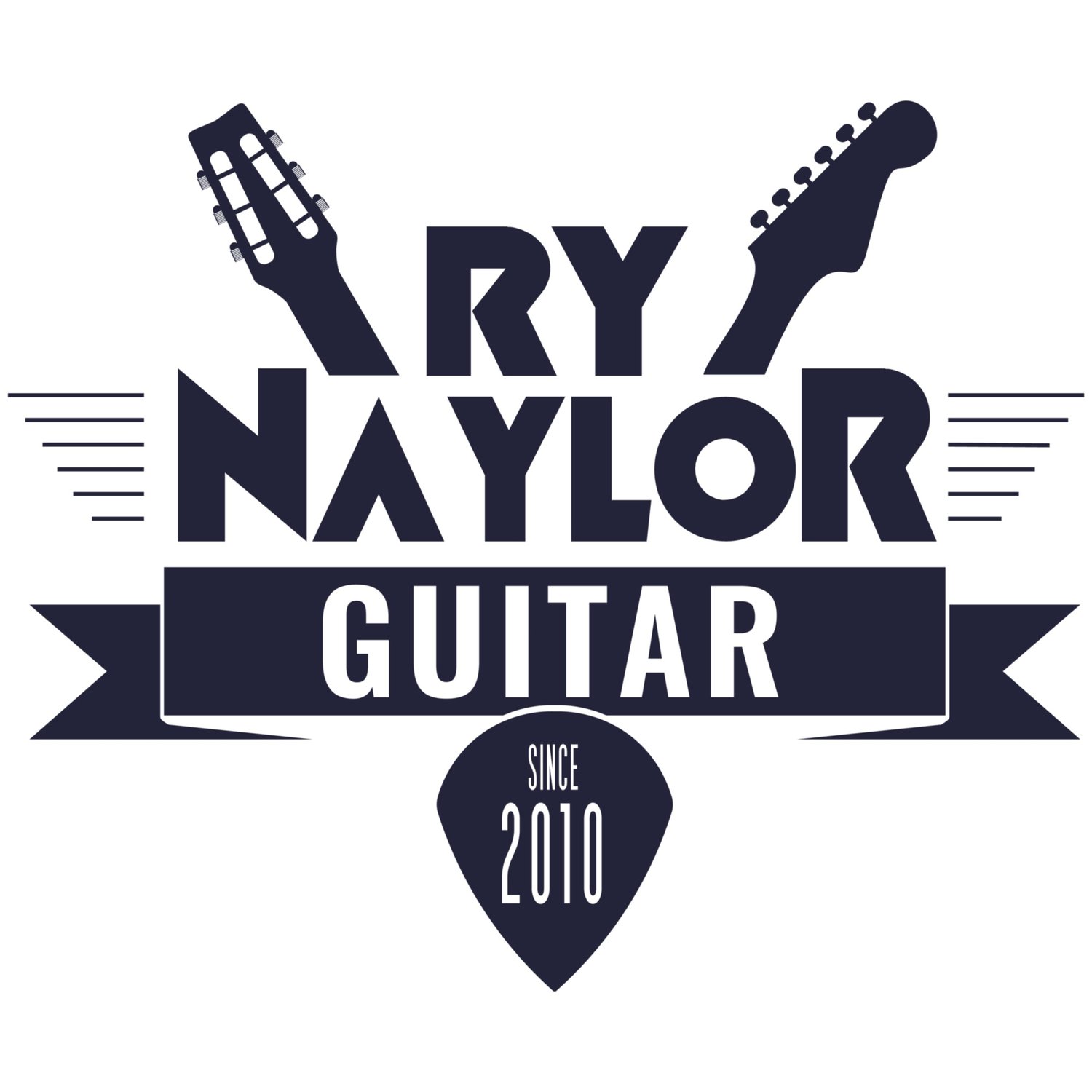After a long break I'm back filming videos (and posting on this blog!) and I thought it time to continue my 'Guitar Theory' course - practical music theory for guitarists to better understand the instrument and music more generally.
This week's lesson concerns key signatures. This refers to whether the music we are playing contains any sharp or flat notes. This will depend on the 'key' we are playing in, which in turn depends on which scale the music is using because chords in a key are derived from scales. That's for an upcoming lesson but for now...
To date we have discussed the major scale and how it is played. We had a major scale if we were to play one octave of the C major scale (CDEFGABC). If we list the distance from one note to the next we had the major scale formula (Tone-Tone-Semitone-Tone-Tone-Tone-Semitone).












